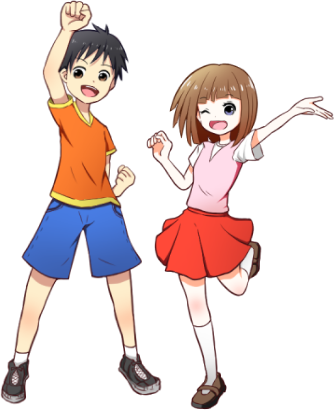Damage caused by Atomic bombing
When the atomic bomb was dropped, Nagasaki had a population of about 240,000. However, by the end of December 1945, 73,884 of its people had been killed, and 74,909 had been injured by the A-bomb. In addition, so-called “atomic bomb disease,” caused by the heat rays, blast and radiation, afflicted the survivors, many of whom developed various diseases with the passing of time. Some A-bomb victims are still suffering from these diseases.
The houses damaged by the atomic bomb totaled 18,409, approximately 36% of all houses in Nagasaki City.(The above figures are based on estimates up to the end of December 1945, from a report released in July 1950 by the Committee for the Preservation of Atomic Bomb Artifacts.
